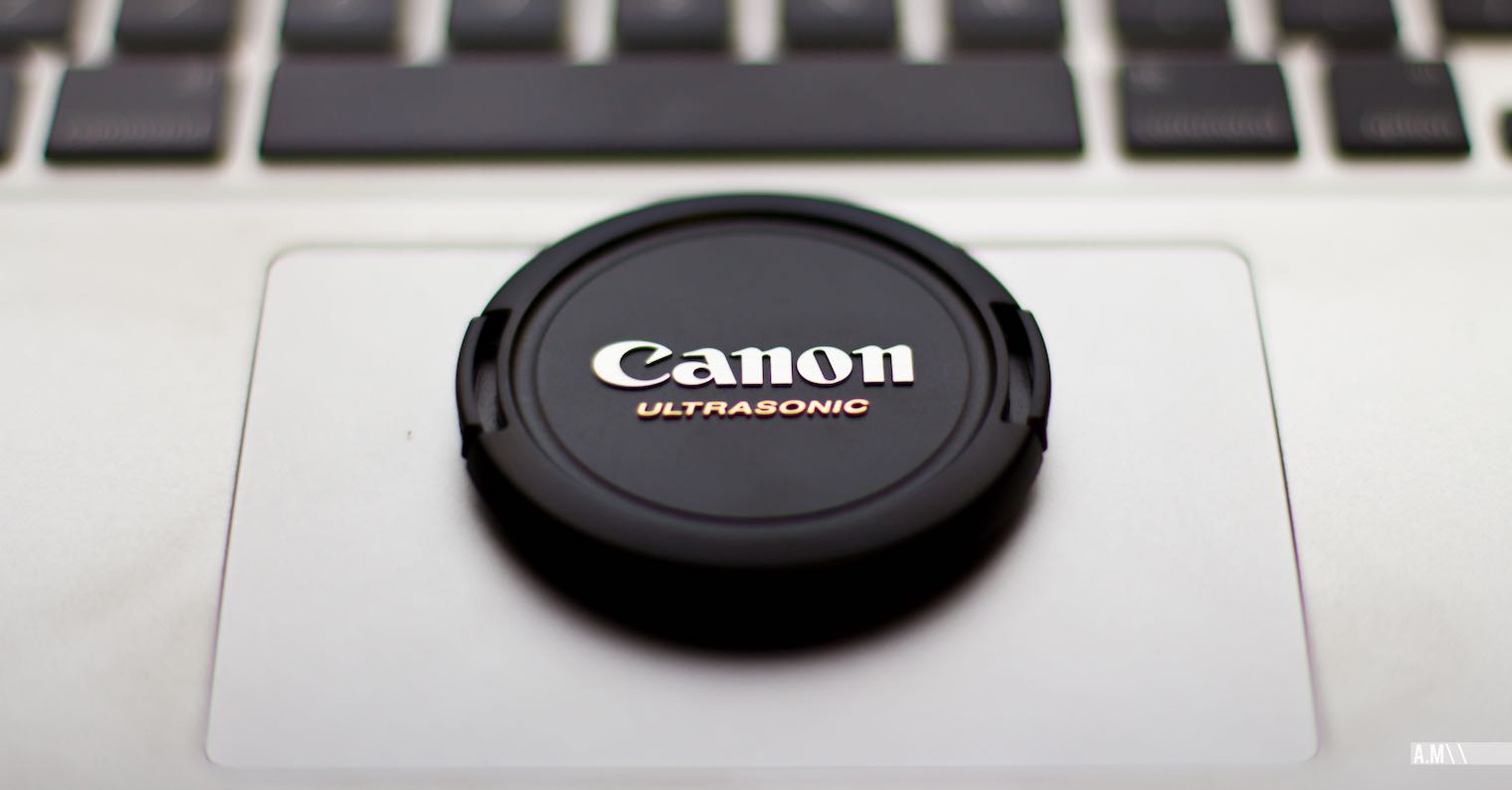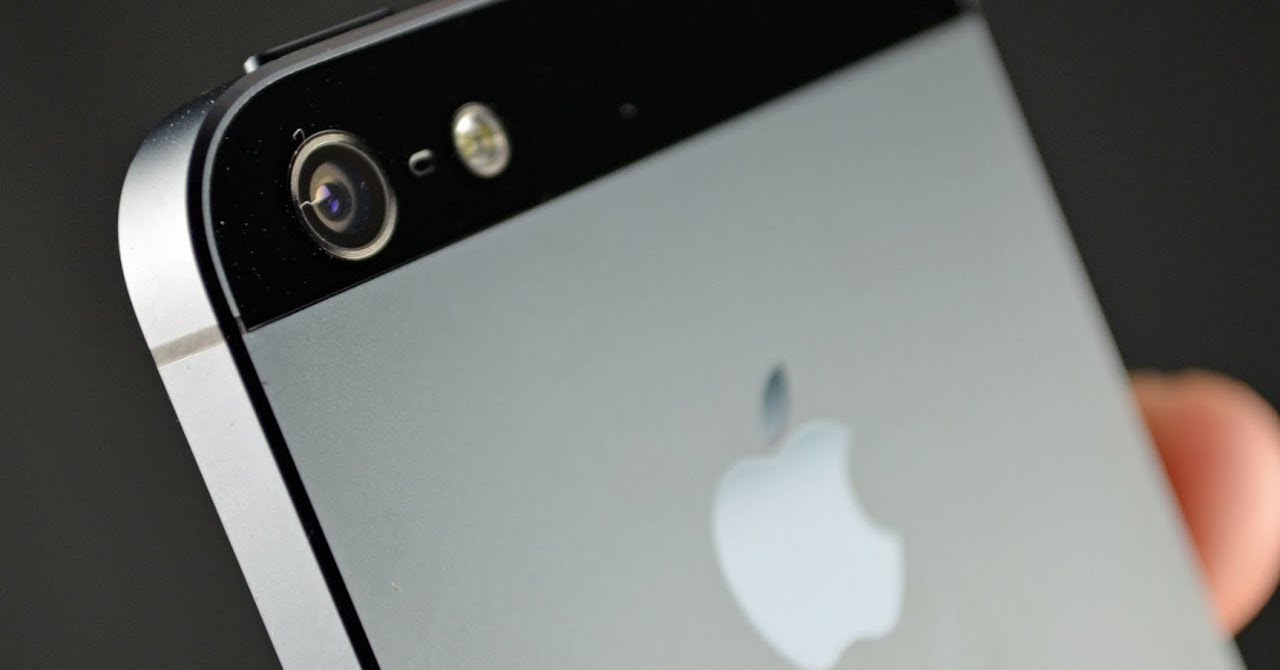The editorial staff of The Chicago Sun-Times employed twenty-eight professional reportage photographers. But that changed in May 2013, when the editorial board decided to take a radical step. This consisted of thoroughly training journalists to learn how to take photos on iPhones.
According to the newspaper's management, the photographers were no longer needed, and all twenty-eight of them lost their jobs. Among them was, for example, Pulitzer Prize winner John White. The personnel purge at The Chicago Sun-Times was seen as a sign of a decline in professionalism in journalism, but also as evidence that iPhone cameras are beginning to be seen as full-fledged tools, suitable even for professionals.
The newspaper's editorial board said in a mass layoff that its editors will undergo training in the basics of iPhone photography so they can take their own photos and videos for their articles and reports. Editors received a mass notification informing them that they would be working with them in the coming days and weeks, resulting in their ability to provide their own visual content for their articles.
iPhone cameras really started to improve significantly at that time. Although the 8MP camera of the then iPhone 5 was understandably far from the quality of classic SLRs, it showed significantly better performance than the 2MP camera of the first iPhone. The fact that the number of photo-editing applications in the App Store has grown significantly has also played into the editors' hands, and the most basic edits often no longer require a professionally equipped computer.
iPhones began to be used in the field of reportage photography also for their mobility and small dimensions, as well as for their ability to send captured content to the online world almost immediately. For example, when Hurricane Sandy hit, Time magazine reporters used iPhones to capture the progress and aftermath, immediately sharing the photos on Instagram. A photo was even taken with the iPhone, which Time placed on its front page.
However, the Chicago Sun-Time drew criticism for its move at the time. Photographer Alex Garcia wasn't afraid to call the idea of replacing the professional photo section with reporters equipped with iPhones "idiotic in the worst sense of the word."
It could be interest you

The fact that Apple provided creatives with the technology and tools to produce truly professional results had both a bright side and a dark side. It was great that people could work more efficiently, faster, and at lower costs, but many professionals lost their jobs because of it and the results were not always the best.
Nevertheless, the cameras in iPhones undergo bigger changes for the better every year, and under the right conditions it is not the slightest problem to take really professional photos with their help - from reportage to artistic. Mobile photography is also gaining more and more popularity. In 2013, the number of photos on the Flickr network taken with an iPhone prevailed over the number of images captured with a SLR.

Source: Cult of Mac


